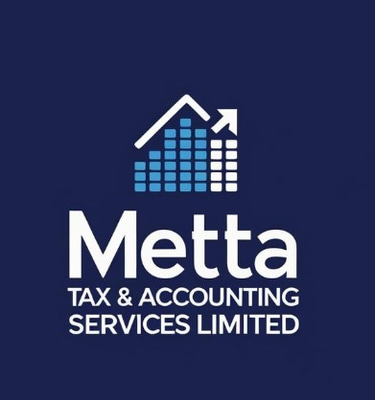Understanding Overdrawn Shareholder Loan Accounts
What NZ Business Owners Need to Know



📌 Understanding Overdrawn Shareholder Loan Accounts – What NZ Business Owners Need to Know
In New Zealand, it’s common for small business owners to take drawings from their companies for personal expenses throughout the year. These are recorded in shareholder loan accounts, also called shareholder current accounts.
But when a shareholder withdraws more than they’ve put into the company, the account becomes overdrawn — and that’s where tax implications kick in.
⚠️ Why It Matters
An overdrawn shareholder loan is treated as a loan from the company to the shareholder. If this loan is interest-free or low-interest, it may trigger:
Fringe Benefit Tax (FBT) – if the shareholder is also an employee
Dividend treatment – if not an employee
💡 Key Tax Considerations
Interest must be charged at the prescribed rate to avoid FBT or dividend consequences.
Backdating is allowed: Dividends or salaries paid later can be credited back to repay overdrawn loans — but only under strict rules.
Resident Withholding Tax (RWT) may apply if the shareholder pays interest to the company.
Reporting obligations: If RWT is required, you must also report investment income to Inland Revenue.
Loan forgiveness = income: If the company forgives the overdrawn balance, it’s treated as income (a dividend or financial arrangement income).
✅ What to Do
Regularly reconcile shareholder current accounts.
Avoid large overdrawn balances without a plan.
Charge interest at Inland Revenue’s prescribed rates if necessary.
Talk to your accountant before forgiving or restructuring any shareholder loan.
Need help managing your shareholder accounts? Talk to us about smart tax planning and compliance for your business.
